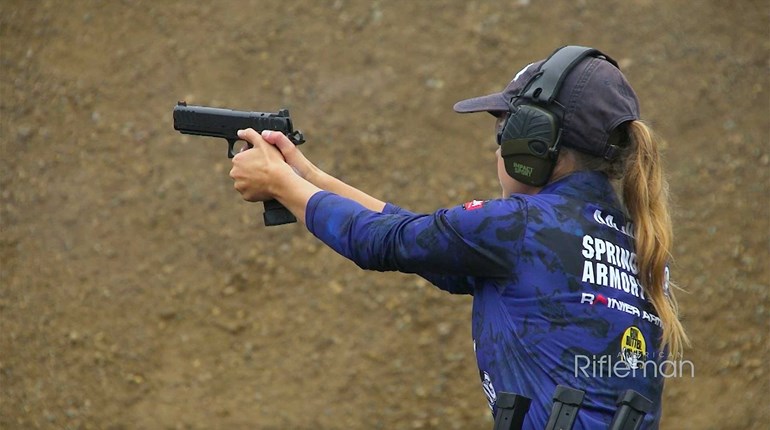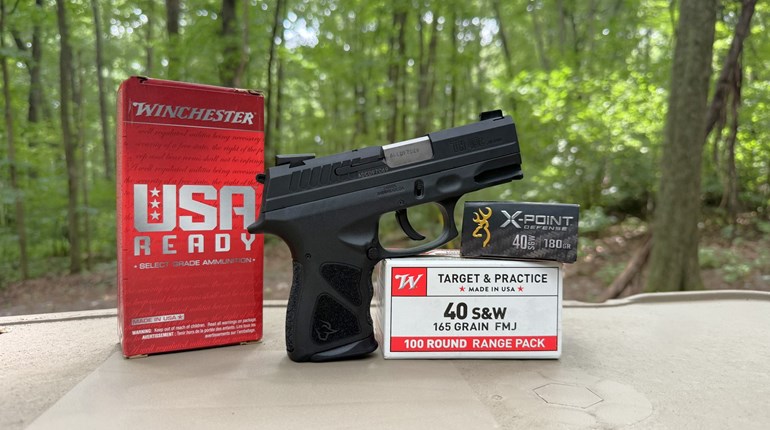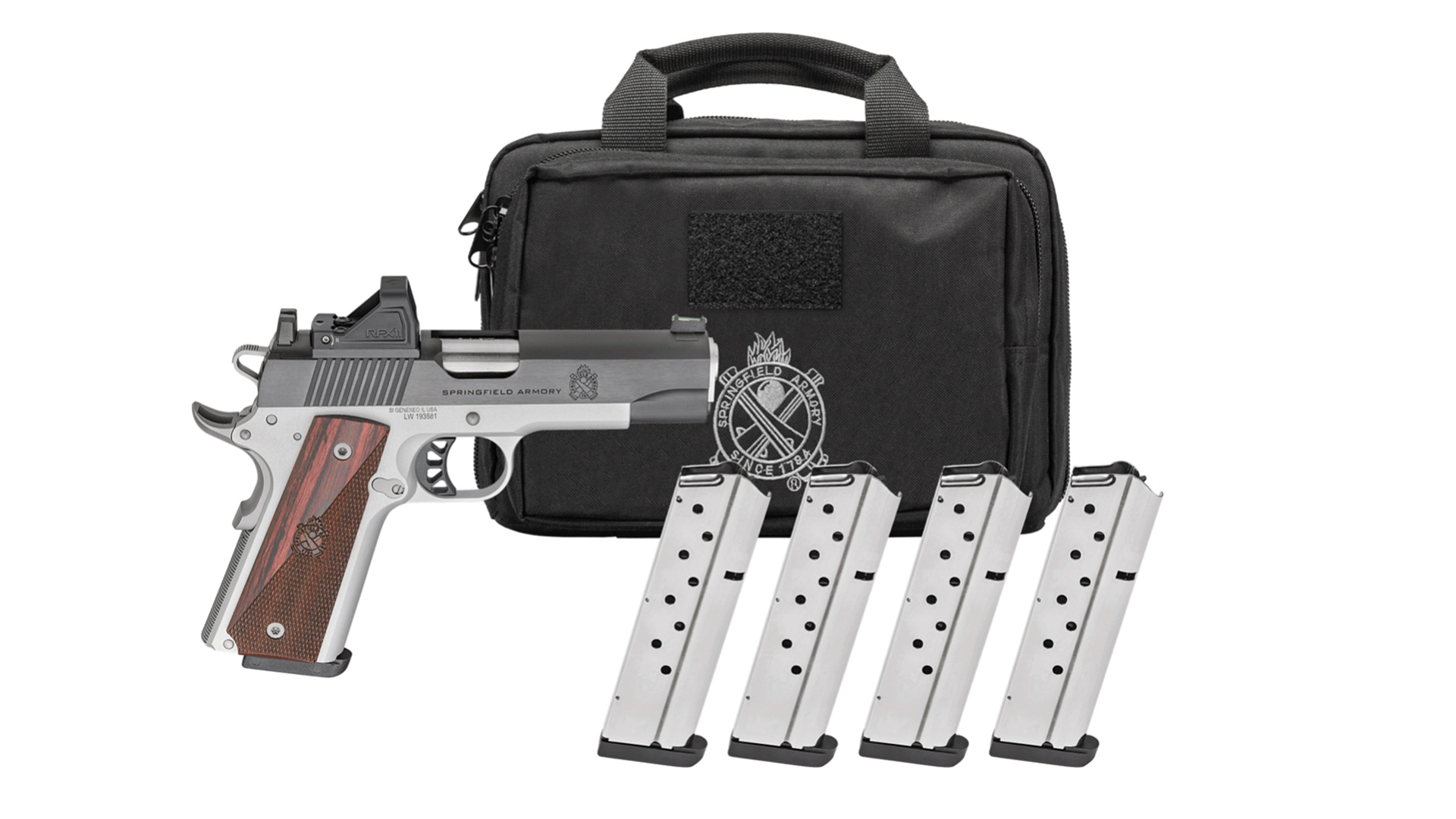
As a shooter, you can opt to “plink” (shoot for recreational purposes only), with entry-level shooting skills and few performance requirements, or you can elect to be a high-level shooter requiring a much greater skill level to include on-demand performance. Choosing to shoot at the upper skill levels means that you must further develop your Depth of Shooting.
The term Depth of Shooting is commonly defined as the breadth and width of your shooting skills to include near and far, moving and reduced-size targets, multiple hits on a single target and across an array of targets and the like, all at measurable speeds. Whether you are training for self-defense (combative) or to compete (competition) with a firearm, the greater and more diversified your skill sets, the better your performance when placed under demand. Depth of shooting translates to the quantity and quality of your diversified shooting skills.
Whether you are a professional shooter, that is work for an agency, department or organization that requires you carry a gun for employment, or a professional shooter where winning matches means putting food on your table, you are compelled to improve your depth of shooting as you are held accountable to three shooting performance categories: capability (can you do it), proficiency (can you do it well) and consistency (can you do it well on demand most of the time).
Capability
The first step to doing anything proficiently or consistently is to first be able to do it at all. If you lack even the very basics of shooting skills, then there can be no proficiency and without proficiency there can be no consistency.
Depth of shooting starts here at capability. Unless you can bring your gun to stability and break the shot while maintaining alignment, then you cannot move up the skills development ladder.
Grip, hold and fire control are your fundamentals here at the capability level. Given no specific time or accuracy requirement you should be able to hit what your aiming at regardless of distance (determined by you or your organization). When you can hit it with one round, you can then try and hit the target with more than one round. After you gain this skill, then develop moving from one target to another.
At the end of the day your depth of shooting should include what it takes to guarantee a hit on one or more targets on demand without time or accuracy requirements other than hitting anywhere on the target.
Proficiency
Now that you can do it, can you do it well? How well? The answer to that question is set by your agency (combat) or by your organization (competition) or the standards you set for yourself.
The only question capability asks is “Are you capable?”; whereas proficiency asks “Can you do it well (be fast and accurate–the measuring tapes of doing well)?” Depth of shooting standards are based on these measurements and are specific or set measurements.
If you are a working professional, then you are held to the standards of your agency’s qualifications. These are usually pass/ fail with a grading system based on percentage. Pass the qualification and you keep your job.
If you are an action-shooting competitor, for example, then you are held to organizational (IPSC, USPSA, IDPA, etc.) standards. Pass the standard for that qualifier and you are granted or may maintain your classification.
If you are striving for your own personal skill levels, you are welcome to meet or exceed current industry standards such as the Wilson 5x5 Drill, the Leatham Control Drills, the Fast Drill, the MSP Black Belt Test and the Rogers Reactive Shooting School Drills, to name a few.
Such standards require a greater depth of shooting to include varied distances, multiple targets of arrays of targets, target types (movers, swingers, reactive, etc.), pivots, turns and the like. Using these standards as a measuring stick, you can hold yourself to a level of proficiency and accountability that you want personally, professionally, or otherwise.
Consistency
The mark of a true master is consistency. When it comes to employment, if your highest score on a qualification is a 300, then to remain a top gun you must maintain at least 85-90 percent of that score every time you qualify.
The competition world offers the rank of “Master” if you are able to shoot consistently in testing (qualifier) somewhere between 80-85 percent of the time, which means you can do it (capable) and do it well (proficient). Such ranking signifies mastery of the tool,, but more importantly and at the higher training levels, mastery is what occurs between your earmuffs!
Whether you are training for combat or competition, it is said that the novice can get it right once or twice while the professional can’t do it wrong.
Is there always more to learn about shooting? Are there always younger, harder, stronger, faster and on any given day better shooters than you? Might it be a bad guy, or a competitor or even you challenging yourself? The answer to those and other related questions can be found in the capability, proficiency and consistency of your depth of shooting.





































